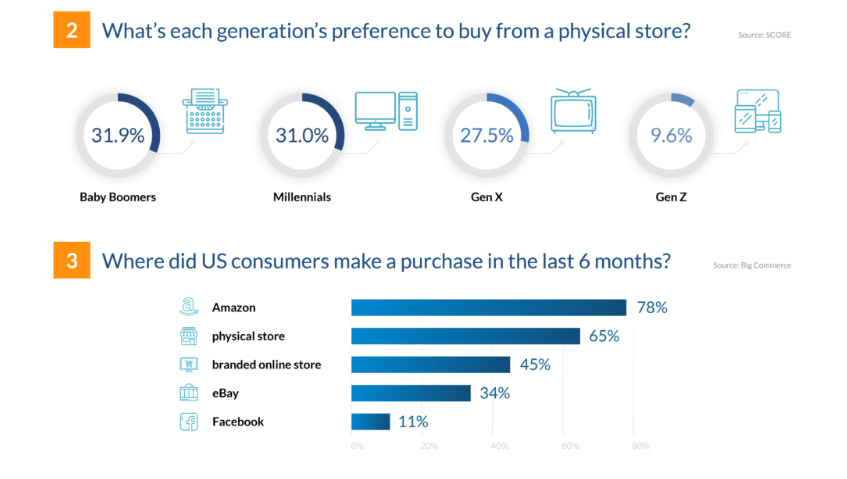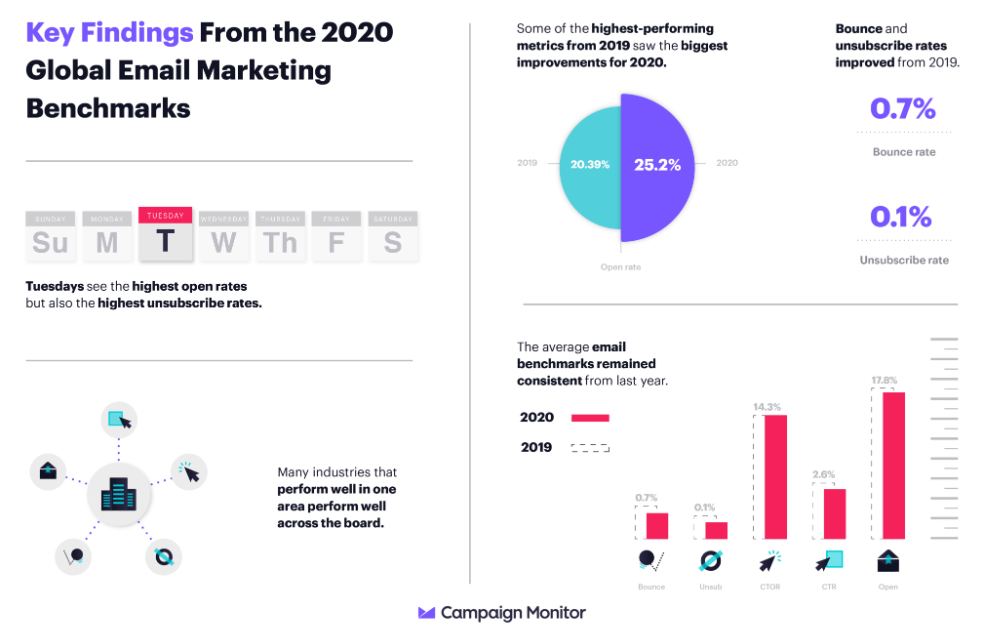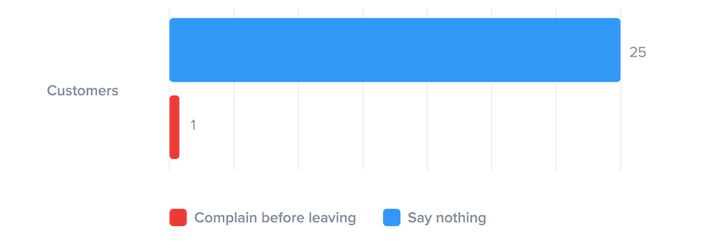Both due to the evolution of the marketplace and the current public health crisis that’s turning everything on its head, it’s a challenging time for retailers, even in the online sector. Consumers expect timely, relevant, and informative communications while having a lower tolerance for spam or ‘hard sell’ marketing, and you have to fulfill their expectations while facing ever-increasing competition for their attention. It seems intimidating, but with the right tools and strategies, you can rocket past the competition to grab your share of their mind’s eye!
E-commerce has changed a lot in the last decade and continues to evolve quickly, even more so in the current environment. Most commerce still takes place in brick-and-mortar stores, but more research occurs online with each passing year. With the current public health crisis, however, many consumers are more open to online purchases and their fear of illness is wearing down their fear of sharing personal data online. This is an opportunity; building trust with consumers and knowing how to connect with them can drive your online sales to new heights!

Getting Started with Data-driven Email Marketing
While the initial contact between your business and your customers often comes from them taking the first step by visiting your e-commerce site, you won’t get anywhere by sitting there and waiting for them to come back. The modern buyer’s journey involves many touchpoints, and the businesses that master reaching out and providing touchpoint opportunities in ways that consumers welcome are the ones that succeed in the modern environment.
The two primary ways businesses reach out to leads and customers are e-mail (active) and social media (passive). Social media marketing is an easy low-pressure way to drive engagement and stay in the minds of customers by meeting them in the places they already are; being present as they scroll through their feeds. Email is a more active method; the consumer must choose to open your email and your email must be compelling enough to stand out from the pack, but when they do, you have their attention.

Thing is, a great, creative email campaign is meaningless if you don’t strategize to send out emails at the right times to the right people. That’s where using tools such as an auto follow-up email extension can help. Using tools like this ensures that the all-important follow-up emails don’t get lost in the shuffle. You can automate the process, setting a custom timetable for follow up emails to go out to leads based on your understanding of buyer personas and your own funnels. And you get the data you need to see if your email program is working, with an internal dashboard that shows you who opened and/or responded to the email, and what links were clicked.

“New Retail”: Following China’s Lead
China’s emergence in the web 2.0 era as a marketing powerhouse is due to a population that has embraced digitized retailing and tools/platforms that make it easy to seamlessly embed commerce into the everyday lives of online consumers. Chinese apps such as Alibaba and WeChat make it easy for brands to engage with consumers while encouraging discovery and purchase of products relevant to their lives. The passive method of social media ads interspersed in consumer news feeds is part of the puzzle, but active engagement is paying dividends and western apps are expected to continue to provide new ways for brands to take a more active stance, with tools like Facebook Pay, shoppable ads, and integrated storefronts. With social media becoming an ever more pervasive part of people’s lives in the current social distancing paradigm, integrating these tools into your marketing strategy is a win-win for your brand.
Boots On The Ground: Pop-Up Stores and The E-Commerce Sector
While opportunities for e-commerce brands to expand into physical spaces is limited currently, it’s a great time to plan out strategies for the future. Successful brands are leveraging their e-commerce strengths into the physical world, through trends such as ‘pop-up stores’ or kiosks at large events and festivals, or even the new Amazon storefronts. Whether you partner with existing brick-and-mortar brands to create excitement or simply experiment with pop-up stores during busy events or in well-traveled spaces, don’t be afraid to experiment leveraging the opportunity to touch your customers’ lives in the physical world as the COVID19 recovery begins.
5G: Bigger, Better, Faster, Stronger
Just as 4G made it possible for mobile devices to truly become the driver of the e-commerce world, 5G will increase connectivity, network speeds, and responsiveness by an order of magnitude, having potentially massive effects on the retail space. Seamless video and multimedia, split-second responsiveness, and a network that can keep up with human impulse will help you communicate effectively with your customer base, and on the back end will help your supply chain and operations be responsive enough to keep up with demand. What could you do with a huge jump in network speed? It’s coming, and the brands that hit the ground running have an opportunity to see market shares and sales jump as they take advantage of new possibilities.
Go Straight To The Source: Customers As Subject Matter Experts
If there’s one thing your customers are subject matter experts in, it’s themselves. And right now, many of them have a lot of time on their hands. Help them fill that time and get the data you need to level up by inviting customers to give you feedback. Using surveys and questionnaires can provide you a ton of data that helps you fine-tune your marketing efforts. Learn what they want from you, and what they think about your current products and services. You’re letting them give you the tools you need to turn around and market back to them!

Keep in mind that you still need to give consumers an incentive to do the work; they’re bored, but no one likes filling out surveys enough to do it for fun. With the right incentives, though, such as special discount codes or exclusive offers, you can get valuable data AND drive your sales numbers!
A couple valuable tips: Keep surveys short, focused, and put care into crafting it so that questions aren’t repetitive and get you only essential data. Customers won’t stay focused for long surveys. Also, rewards are a balancing act: you want something that is valuable enough to get responses without making people rush through it and give you bad data just to get the reward.
Communicate And Win!
No matter how great your products are and how phenomenal your service is, communication is the key to allowing customers to discover your awesomeness. Take the time to build a data-driven communications strategy and enjoy the dividends of your efforts!